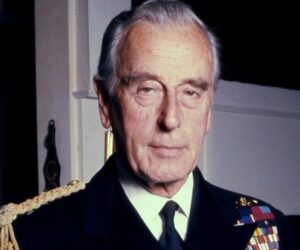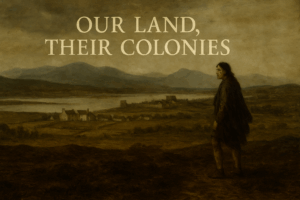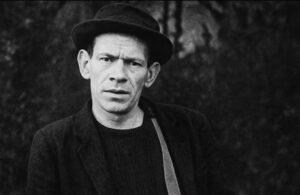
Remembrance Sunday is an annual event deeply embedded in the fabric of the United Kingdom’s national consciousness. Observed on the second Sunday of November, it serves as a day to honor and remember the sacrifices of military personnel in conflicts past and present. The roots of this solemn occasion stretch back over a century, carrying with it a rich history of commemoration and reflection.
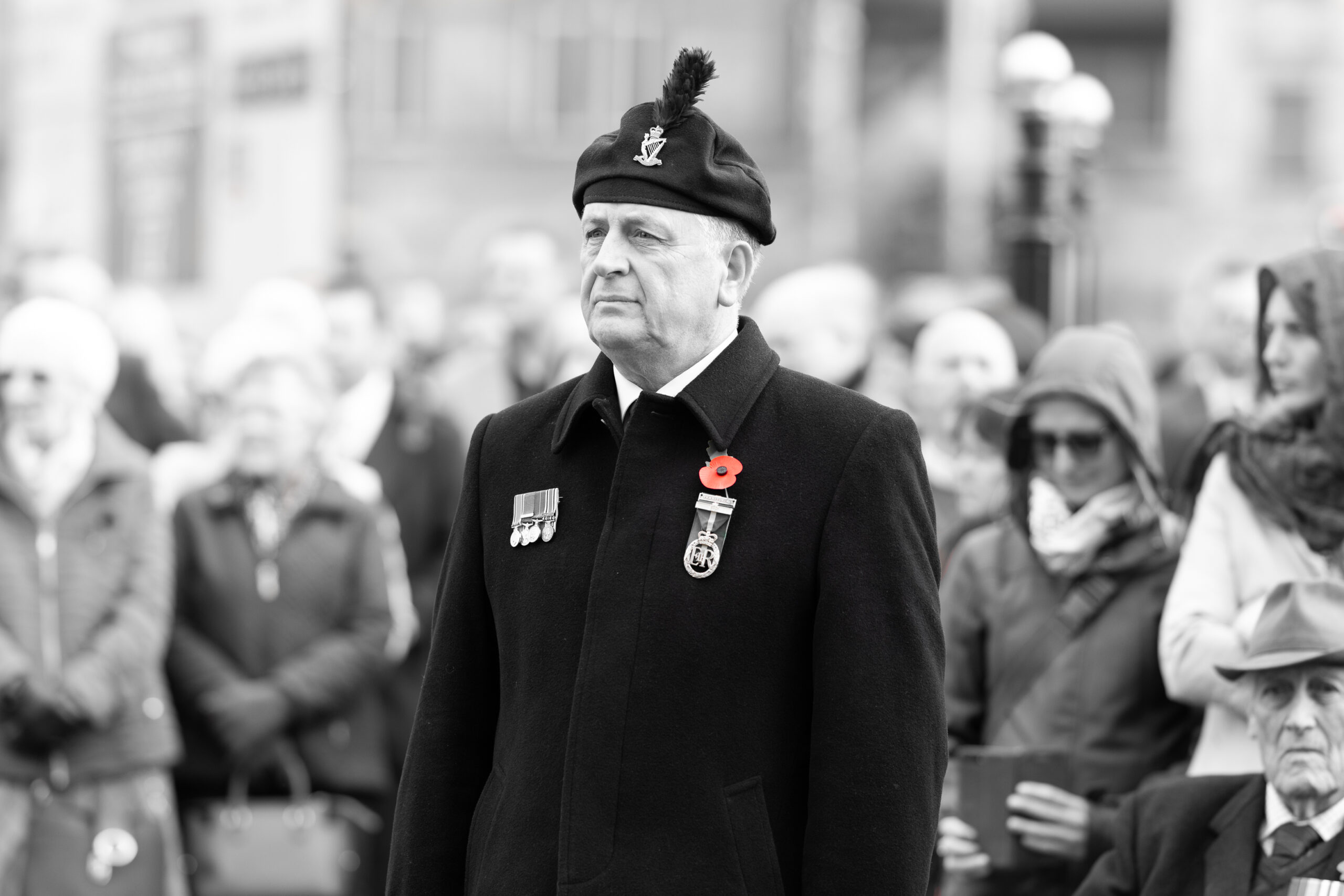
Origins of Remembrance Sunday
The origins of Remembrance Sunday can be traced back to the aftermath of World War I, a conflict that claimed millions of lives and left a lasting impact on the global community. The war ended on November 11, 1918, at 11 a.m. — the eleventh hour of the eleventh day of the eleventh month. This date was initially commemorated as Armistice Day, marking the cessation of hostilities on the Western Front.
In 1919, King George V proclaimed that November 11 would henceforth be a day of remembrance for the members of the armed forces who had died in the line of duty. The first official Armistice Day was observed with a two-minute silence at 11 a.m., a tradition that continues to this day.
Transition to Remembrance Sunday
The observance of Armistice Day underwent a transformation following World War II. In 1945, there was a proposal to change Armistice Day to commemorate those who had died in both world wars. This led to the establishment of Remembrance Sunday in 1946, which allowed for a more inclusive remembrance of all who had served and sacrificed.
By 1956, the British government decreed that Remembrance Sunday would be held on the second Sunday of November, ensuring that it would fall close to Armistice Day. This decision allowed the nation to unite in remembrance on a day when people were more likely to be off work, thus encouraging widespread participation.
Symbols of Remembrance
One of the most enduring symbols of Remembrance Sunday is the red poppy. Inspired by the poem “In Flanders Fields” by John McCrae, the poppy became a symbol of remembrance and hope. The Royal British Legion, founded in 1921, began the tradition of selling paper poppies to raise funds for veterans and their families.
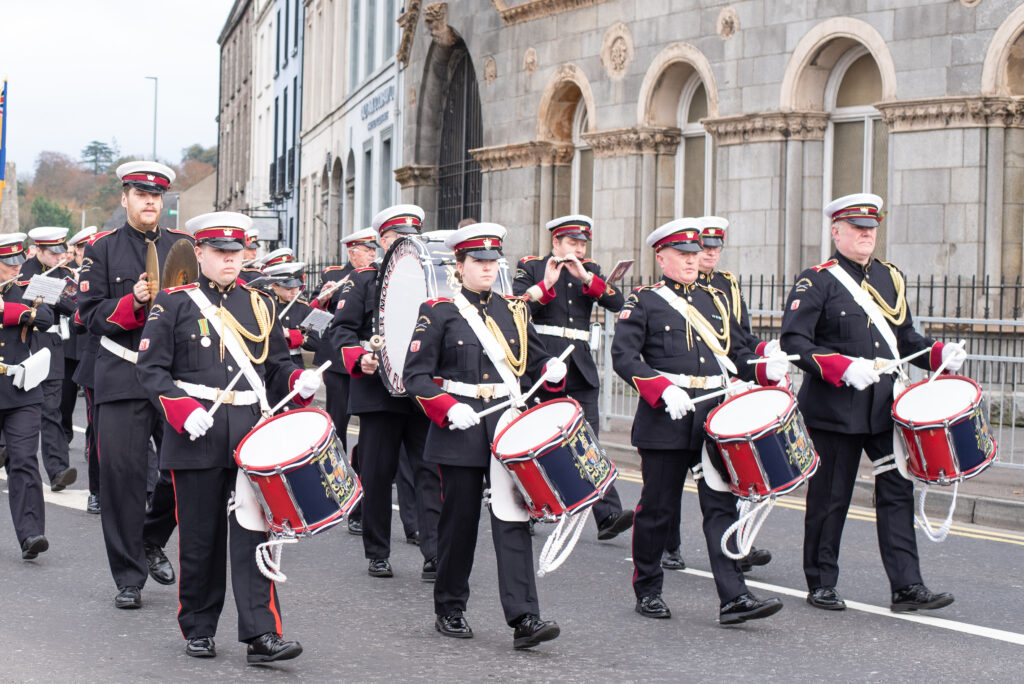
The Cenotaph in Whitehall, London, serves as the focal point for the national Remembrance Sunday service. Erected in 1920, the Cenotaph stands as a stark, powerful monument to those who have died in service to their country. Each year, the Queen, members of the Royal Family, political leaders, and representatives of the armed forces gather here to lay wreaths and observe the two-minute silence.
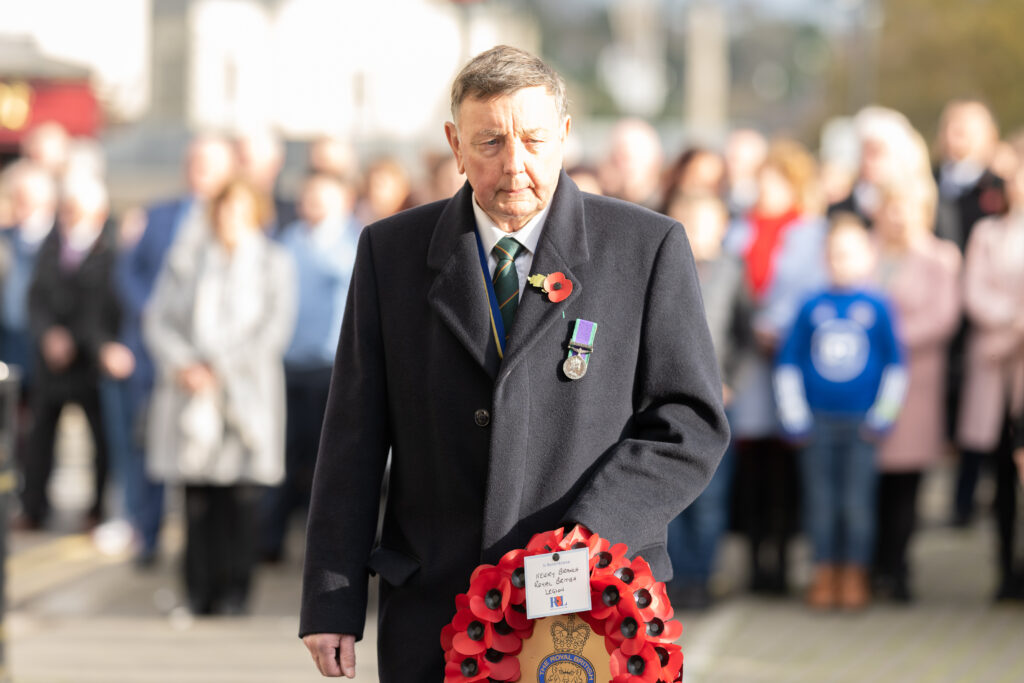
A Day of Reflection
Today, Remembrance Sunday is a poignant reminder of the past, a day when communities across the UK come together to pay tribute to those who have served and continue to serve in the armed forces. It serves as a reminder of the cost of war and the importance of peace, ensuring that the sacrifices of the fallen are never forgotten.
As we observe Remembrance Sunday each year, we honor the memory of those who gave their lives, reflect on the lessons of history, and reaffirm our commitment to a more peaceful future

